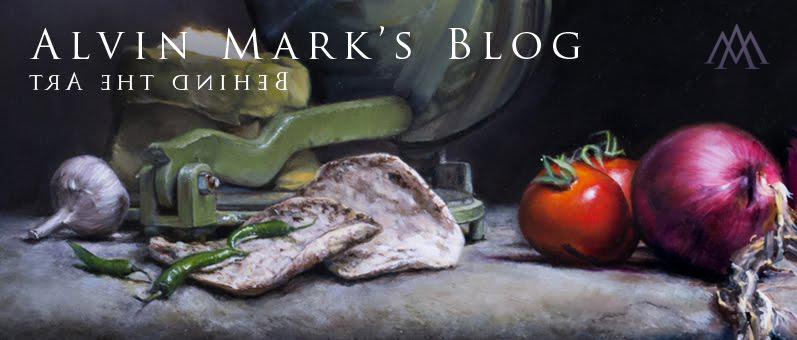Ciao guys!!
I've been asked to share a more detailed process of copying Bargues. For those who are unfamiliar with this word... Bargue the last name of French artist who devise a drawing method with the same name. Read a little more about him here.
http://en.wikipedia.org/wiki/Charles_Bargue
What's great about this foundational drawing exercise is that it's like a pencil sharpener for your eyes! The more you do, the better you get with your drawing and painting skills.
And so here it is:
These were the materials I used on top of my pencils.
Draw a plumpline on your a good quality paper, then mark off the highest and lowest points using a ruler. (This will be the last time you use a ruler.) Next, get a piece of thread and use it to locate the coordinates of every single point. How you go about it is to measure a point using the string you would like to mark off from the top most point from photocopy. Then immediately translate the coordinates to your working sheet using that same string. (Careful as you might over stretch the string will result in an error while plotting out the coordinate.)
OK, that was a mouthful!
The idea is to cover the large shapes first, and then work to find the sub or smaller shapes. Once the points are confirmed (precision is key), you can used those newly confirmed points as a way of double checking other coordinates.
This will take a while... give yourself some weeks. So listen to an audiobook or music on your iPod...
Once you are 100% sure of your shapes [at school, you have trained instructors to guide you :) ], you start filling in the a 90% black for the shadows. Flipping your bargue 90º or even a 180º every now and then allows you to see better your errors. And trust me - there will be! :)
Once the black shapes are in, you do the big form modelling in on your copy ingnoring the details.
See the snout of the horse on my work in progress? Can you see it as a cylindrical tube? That's what Big Form Modelling is all about. Here, you are still not concerned over the details, hence the name Big Form Modelling.
Get as many trained eyes as you can to look at your bargue. After the BFM, you work on the variations of the shadows and lights and take it to an accurate finish. This is when you focus on the smaller details... this should be therapeutic for most people.
















